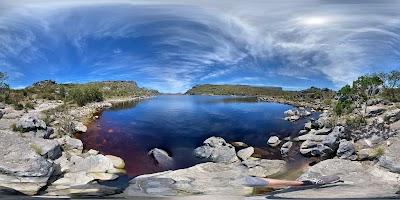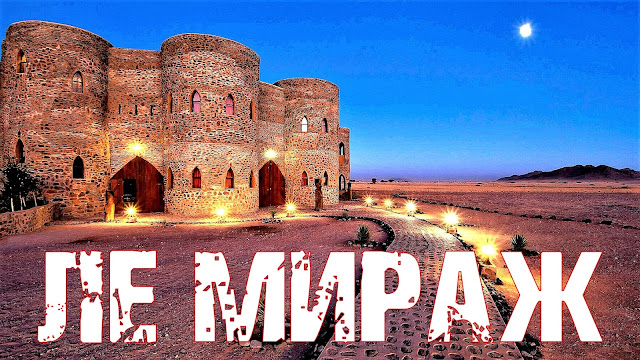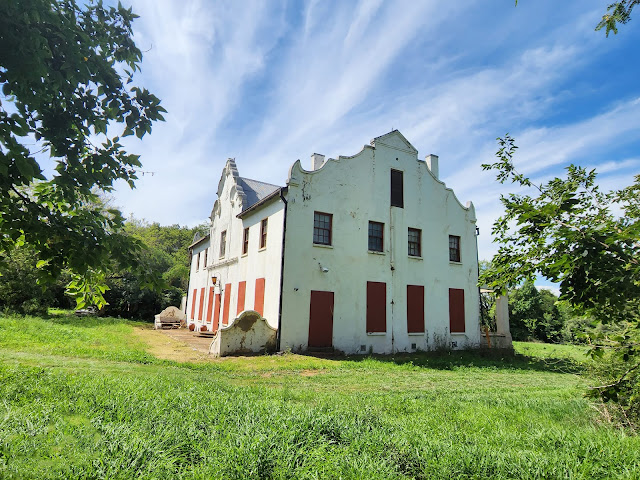We are opening a new camp in Damaraland, which will be called CAMP DOROS.
Much like CAMP SOSSUS in the Namib, CAMP DOROS offers a truly sustainable “back to nature” experience, allowing guests to touch, feel, smell and experience the essence of Damaraland, but with their feet remaining firmly on the rocks that cover this incredible area. This ultimate connection with earth, nature and people, in a very up-close and personal way, gives an intimate and unforgettable experience. Camp Doros is NOT merely an accommodation establishment. It offers a fully inclusive IMMERSIVE EXPLORATION of Damaraland over a minimum of 2 nights.

Whilst staying away from brick and timber buildings and all the luxury paraphernalia associated with those, our aim is still to provide complete comfort while ensuring immersive exploration of Damaraland, by vehicle and on foot. Guests are looked after by some extraordinary people whose only desire is to ensure that each moment spent with us is as perfect as possible. The personal service, incredible food and great attention to detail experienced at our other camps such as ONDULI RIDGE, CAMP SOSSUS , GALTON HOUSE and THE NEST @ SOSSUS will also become standard at Camp Doros. Days are filled with thrilling encounters, and nights are enhanced with memorable experiences beyond most people’s wildest dreams. Our aim is to leave long-lasting impressions and happy memories but, most of all, to offer those life enriching experiences for which we have already become so well known.
OVERVIEW
Camp Doros is deliberately small and intimate, and it is located in a core area for desert adapted black rhino, with activities largely focused on tracking these rhino with an experienced and qualified Rhino Ranger team. The camp is perched on a high bank overlooking a (generally) dry riverbed and groves of Mopane trees in the heart of Damaraland. Protected from the prevailing winds, the camp carries arguably the lowest environmental footprint of any camp in Namibia. Six shaded guest tents (one of which is a family unit) are raised on platforms and most have twin beds, with some doubles, cupboards, solar power for lighting and 220V charging points, as well as en suite bathrooms with hot running showers and flush toilets. The camp has a spacious common area including bar serving area, dining room, lounge with fireplaces and a campfire deck, as well as a welcome plunge pool and sun deck. There is a focus on personalized service delivery, and this includes hearty and scrumptious meals which are prepared in a largely solar and wood-fired kitchen. The essence of the camp is immersive exploration of this incredible area.
COMFORT, INTIMACY & REDEFINING LUXURY
Camp Doros emphasises every aspect of our intention to redefine luxury. Our own definition of this encompasses privacy, intimacy, experiential focus and total flexibility, all whilst being perfectly comfortable. We can provide all of this at an affordable price as we have removed the element of material opulence and the consequent need for high pricing that is generally associated with luxury accommodation. The camp is deliberately small, and is open year-round, providing a great and more exclusive alternative to any traditional lodge or camp in the southern Damaraland or Twyfelfontein area. All this whilst offering unparalleled opportunities for immersive exploration of a fascinating area away from the more beaten tracks. The shaded tents all have a basic infrastructure that offers all important comforts, and the essence of the camp remains both experiential and immersive.
WORLD CLASS GUIDING
Guests at Camp Doros are hosted and taken on fascinating and immersive excursions by members of the renowned Ultimate Safaris Naturalist guiding team. They therefore go out to explore some of the world’s most beautiful wild places, encountering wildlife spectacles and experiencing unique aspects of Damaraland while receiving detailed interpretation of all they get to see. Throughout this whole experience, they are wrapped in the warm and caring hospitality that has become the hallmark of Ultimate Safaris. The skills and knowledge of our Naturalist guides are of the highest order, and the guides are considered to be the most important ingredient for providing these immersive explorations. We hear the same comment time and again from guests leaving at the end of their safaris : “Ultimate guides are truly out of this world!”
Knowledge, experience and character should be taken for granted, but the addition of charisma, passion and motivation provides a combination of the traits that create perfect guides. They are personable, engaging and caring and they have a passion for travel and the world around them which gives them the ability to immerse guests into what is a truly unique Damaraland experience. These guides quickly turn a standard safari experience into a life enriching one, creating a deeper understanding and appreciation for this incredible area. They are the link between our guests and the intricacies of the natural world and the people guests encounter, sharing their knowledge with enthusiasm, understanding, and humour.
IMMERSIVE EXPLORATION
A fundamental and unique part of any stay at Camp Doros is the exploration of Damaraland in the care of one of our Naturalist Guides. Activities offered would normally include RHINO TRACKING assisted by trackers trained by Save The Rhino Trust (SRT), ELEPHANT TRACKING (only available during three-night stays), ROCK ART EXPLORATION (only available during three-night stays), GUIDED WALKS and SCENIC DRIVES. Incredible night-time STAR GAZING and tutorials are also commonplace at Camp Doros.
COMPLETELY SUSTAINABLE
Camp Doros carries arguable the lowest environmental footprint of any camp in Namibia, probably rivalled only by CAMP SOSSUS. Tents are equipped with furniture built mostly from recycled metals, oil drum lids and recycled wood, all of which were originally destined for landfills. All power is generated via a solar farm; wastewater is processed through a sophisticated reclamation process; solid waste is disposed of via our sophisticated solid waste management system; and great care is taken to conserve our most important resource, water. The latter includes doing all laundry offsite where more water is available.
CONSERVATION & THE DOROS JOINT MANAGEMENT AREA
Ultimate Safaris concentrates on identifying areas in communal conservancies where our tourism and developmental activities can have a truly positive impact, and the Doros Joint Management Area is certainly one of these. Black rhino were reintroduced in the area many years ago, and it is also home to steady populations of Elephant, Giraffe, Oryx, Springbok, Hartmann’s Mountain Zebra, Kudu, Hartebeest, Steenbok, Klipspringer, Bat-eared Fox, Aardvark, and Aardwolf, as well as predators such as Leopard, Cheetah, Brown Hyena, Spotted Hyena and Lion. However, no viable commercial tourism related activities have previously existed here.
The Joint Management Area consists of 19,000 hectares that have been set aside for conservation. However, sadly, this had been at the centre of a wrangle lasting almost 20 years as its ownership was disputed between three communal agencies, namely the Uibasen Twyfelfontein, Sorris Sorris and Doro !Nawas Conservancies. Fortunately, Ultimate Safaris, working with the Conservation Travel Foundation (our own non-profit organisation) and with very supportive NGOs, has served as the catalyst to persuade the three conservancies to agree to terms for joint management of the area. This agreement means that they can now jointly own, manage, and share the benefits derived from effective management of the land concerned. A leasehold registration is in process and, once approved, this will make this area, now called the Doros Joint Management Area, the single largest registered communal land leasehold in Namibia.
This is an incredible success story, and it will act as a blueprint for other areas such as this in time to come. Operating in this area will have its challenges, but we believed these challenges could be overcome, and that our involvement would make a significant impact in assisting with the protection of the resident rhino and other wildlife. We were also convinced that we would have a major effect on the lives of many local inhabitants.
This partnership between private sector and local communities has set the benchmark for forward-thinking and innovative leaders who have seen the benefits of responsible tourism. Ultimate Safaris is dedicated to conservation and will be the support entity for the conservancies as they take full ownership of this area and create additional benefits that will ensure the longevity of the landscape and its wildlife. The main goal of this partnership between the Doros Joint Management Area, Ultimate Safaris, the CONSERVATION TRAVEL FOUNDATION and SAVE THE RHINO TRUST is the conservation of the local habitat and the protection of the threatened desert adapted black rhino that live in it.
Efforts to achieve this are well underway and these include the employment of six Rhino Rangers to monitor rhino activity; provision of fixed accommodation for them with running water and electricity; financial support to Save the Rhino Trust in their generic conservation efforts; the installation of a radio communication for better communication between rangers and camp; and the donation of solar e-bikes for more efficient rhino patrols. We have also been able to install two water points, elephant proofing for the water installations, and to improve the local road network for patrols. In addition, we have jointly earned WILDLIFE CREDITS which help to bring in additional income for conservation. One of the biggest achievements the establishment of a management plan for the area, which includes road demarcation, ethical regulations and increased observation and monitoring. And all of this in only 5 months, and our first 5 months of being present in the area.
Furthermore, it is envisaged that around 20% of all revenues earned at Camp Doros will be directly re-invested into the conservation of the area via the Doros Joint Management Area, thus staying true to our philosophy of re-investing into conservation, environment, and people. This is possible because of our model that means the investment into our camps is moderate from both a financial and environmental perspective, ensuring sustainability on all levels without the pressure of having to recoup large financial outlays.













































